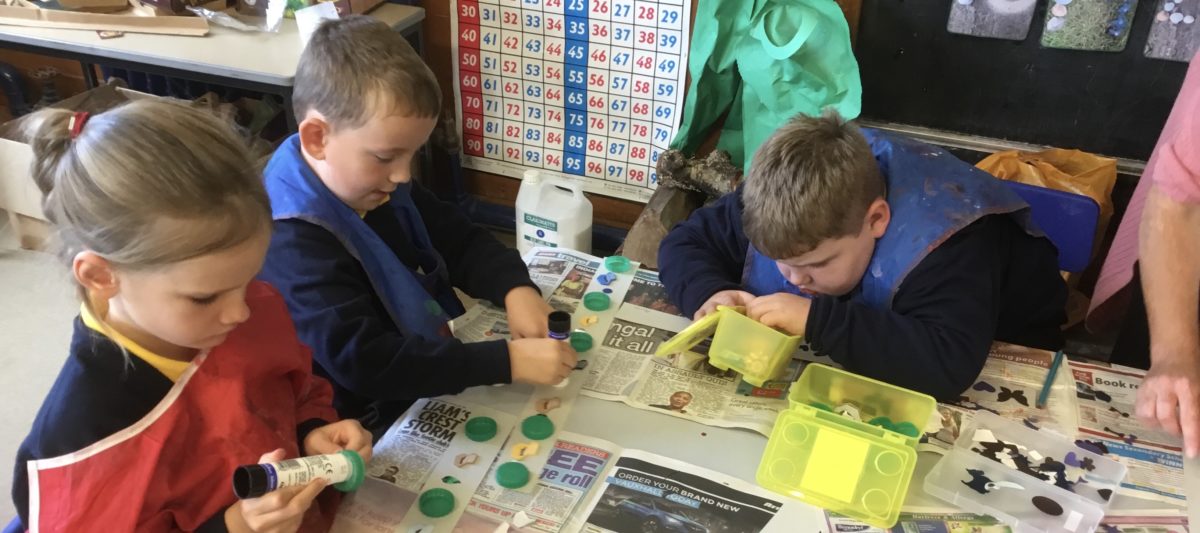Parent Information Leaflet
This information is for you
Only you can stop the spread
What are Head Lice?
Head Lice are small insects, either grey or flesh coloured and smaller than the size of a match head when fully grown. They live on, or close to the scalp and lay eggs which stick to the hair shaft close to the head. It takes around a week for the eggs to hatch leaving empty eggshells, which are pearly white in colour and are called nits. Head lice feed from the tiny blood vessels on the head.
How do they get passed on?
Head lice need to live close to the scalp in order to stay warm and be close to their food supply. In the main the method of spread is by direct prolonged head to head contact and so this problem is a community responsibility and not confined to schools. Lice do notjump or fly.
Can they be removed?
Anti-lice treatments do not prevent infestation. Thorough daily hair brushing or combing may help to prevent an infestation becoming established, but early diagnosis and treatment is the only way to prevent the spread of head lice.
- Check pillows and collars for little black specks as they may be lice droppings
- Check your child’s hair at least once a week using a fine toothed detection comb. Combing is easier if the hair is wet and has conditioner on it. Detection combs are available from your local pharmacist (chemist). Comb the hair in sections from the roots to ends, over a light coloured towel or sheet of paper. You should be able to hook out live lice and they will be more noticeable this way.
- Unhatched eggs are small, dull and very hard to identify. Nits (empty eggshells) are white and found a little further away from the scalp. The presence of nits does not always mean that live lice are still present.
- Remember, itching does not necessarily mean that head lice are present.
How are they treated?
If you do find live lice – check the whole household and close family contacts using the detector comb so that those with lice are all treated at the same time.
Those who do not have live lice should NOT be treated.
- There are a number of treatments on the market and they include Derbac M, Full Marks, Prioderm, Hedrin.
- Use the lotion (not shampoo) recommended by your pharmacist or other healthcare professional. Be sure to follow the application instructions carefully, and to repeat the treatment after 7 days, in order to kill any lice that hatch after the first application. Remember to repeat after 7 days, as 2 applications are necessary.
- If you are sure you have found living lice after proper treatment, don’t keep putting more lotion on, ask advice from the pharmacist or health visitor.
- Remember that when you have got rid of all the lice, the nits (empty egg cases stuck on the hairs) will still be there. This doesn’t mean you still have lice. Do not treat again if you can’t find a living louse.
- If the infected person has been swimming within the last 72 hours, ensure hair has been thoroughly washed and dried before the lotion is applied. Lotions are less effective in the presence of chlorine.
- Some lotions are not suitable for asthmatics or people with certain skin conditions. Please check with your local pharmacist (chemist).
|
Think about who you have contact with
|
Who can help?
|
|
| Parents |
In the community: |
|
| Partners |
Health Centres/Clinics |
|
| Brothers & Sisters |
General Practitioners & Practice Nurses |
|
| Household members |
Health Visitors |
|
| Grandparents |
School Nurse |
|
| Close Family |
Pharmacist |
|
| Friends |
Schools |
|
| In the Hospitals:
Tell them and get them to check their heads with a detection comb as well |
Infestation Control Nurses Healthpoint Shops
|
|
|
|

